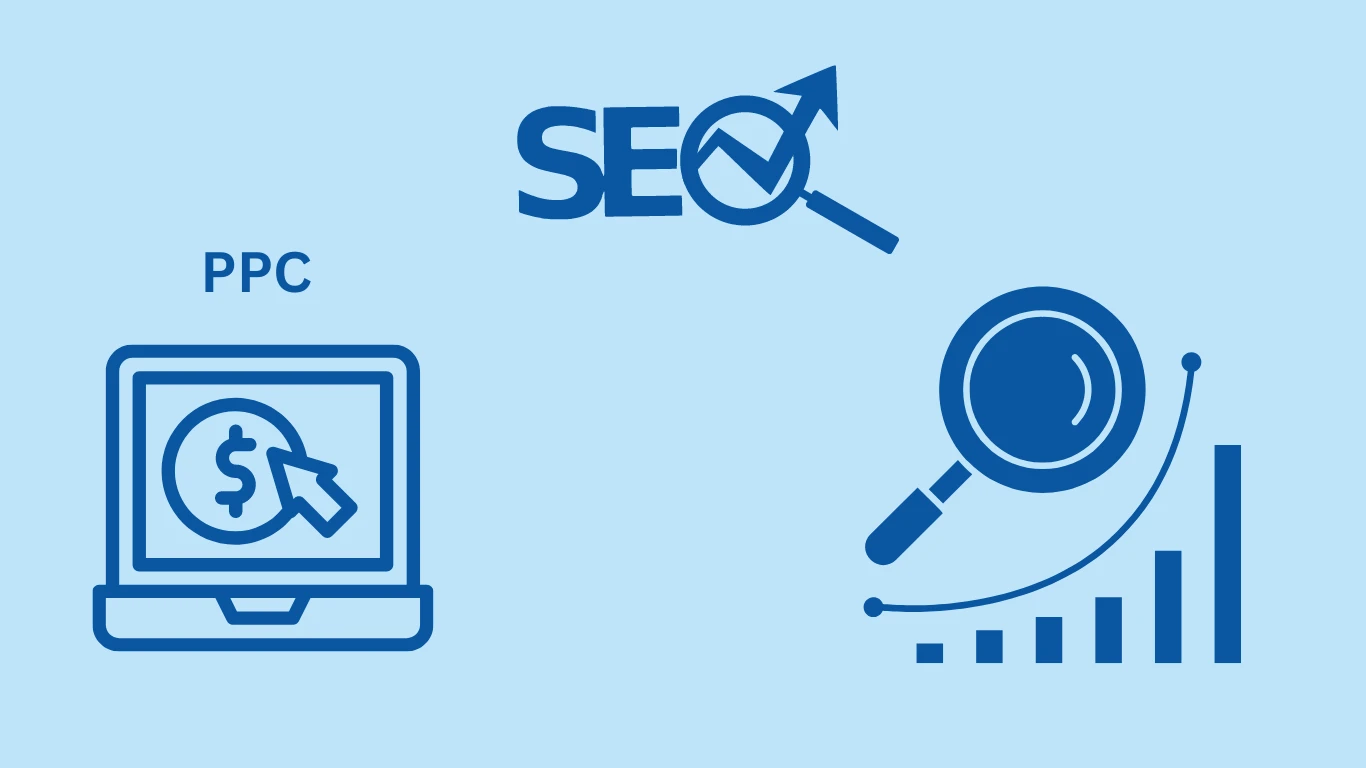Co-optimization audit to maximize PPC and SEO data

Co-optimization audit to maximize PPC and SEO data
Did you know that the best SEO insights don't come from organic search data alone?
When we look at SEO data in isolation, it only reflects what is happening in the organic search channel. But in reality, businesses that rely on SEO receive support from multiple channels.
Often, PPC and SEO are treated separately, leading to lack of efficiency and missed opportunities. Today we'll learn how a co-optimization audit can provide valuable insights by bringing your PPC and SEO data together.
Why do a co-optimization audit?
Both SEO and PPC target the same searchers and operate in the same search landscape. If you take a holistic approach, you can achieve better results for your business.
Even though paid search provides SEO with data that is not available anywhere else, SEO enhances paid search through on-site and off-site optimization. Combining these efforts can create a more effective search strategy.
How to do a co-optimization audit?
Let us know how you can perform this audit, especially when you have first-party data for both channels. But it's worth noting that even if you don't have paid data, these ideas can be helpful.
merge data
To gain insight between PPC and organic you must first combine the data.
Power BI is a free and powerful tool used to combine and visualize data effectively. Our team uses it when we don't have direct access to Google Search Console and Google Ads.
For this, export your search queries report from Google Ads and pull data in the same date range from Google Search Console. You can also include page data, but for this analysis we'll focus primarily on queries.
Paid and organic reports in Google Ads
The Paid and Organic reports in Google Ads show which search terms drive your site's visibility.
You need specific permission to use this report and link Google Search Console to Google Ads. Once added, the report shows the terms that triggered your paid ads, appeared in organic search, or both.
By comparing this data, you can assess the performance of your paid and organic search efforts.
Identifying Keyword Gaps
The focus of our co-adaptation audits is to recommend changes in approach in different sectors.
- No paid or organic visibility: First, look for queries where the brand doesn't have visibility in both channels. These keywords are what you want to appear for.
- Strong Organic Visibility: Identify the top 5 high-ranking non-brand keywords that have high search volume and optimize them with a mix of paid and organic strategies.
- Low Organic Visibility: Focus on high-volume keywords that rank on page 2 or less.
Competitive Visibility
Review competitors' rankings for important keywords so you can address their advantages through paid efforts.
When you see where competitors are excelling in paid search, it can provide valuable insights for SEO strategies.
Go beyond keywords
Our standard SOP for co-optimization analysis focuses primarily on optimizing keyword targets and visibility.
But collaboration exists in other places too:
- Page-level Optimization: Including your PPC campaign's targeted terms directly on landing pages can significantly increase performance.
- Conversion Data: It is important that you analyze the keywords that drive the most conversions in Google Ads.
- High CTR Copy: Don't forget to look for high click-through rate (CTR) headlines and descriptions from PPC campaigns.
Conclusion
You can find countless ways to co-optimize and utilize data from both paid and organic search. Co-optimization is not just a one-time task; It is a continuous discovery and improvement process. Continue to analyze holistically, identify new opportunities, and stay ahead of the ever-changing search landscape. Your dedication and attention to data will help you deliver excellent results. By adopting this process, you can increase meaningful results and search visibility for your business.
 Some Question
Some Question